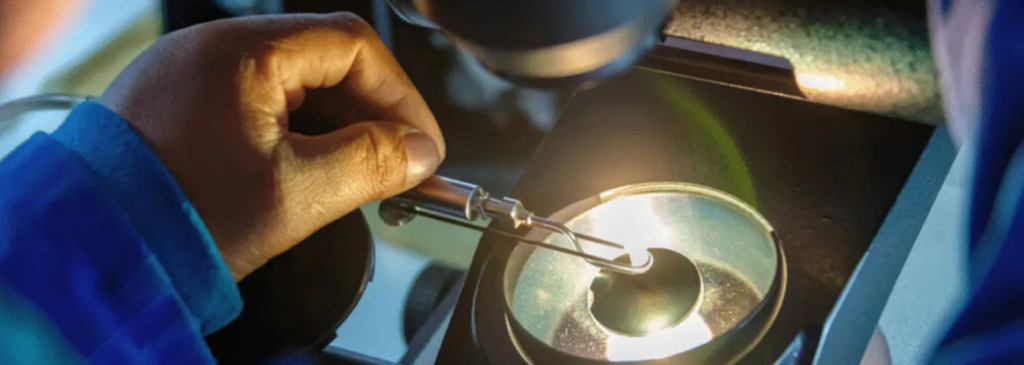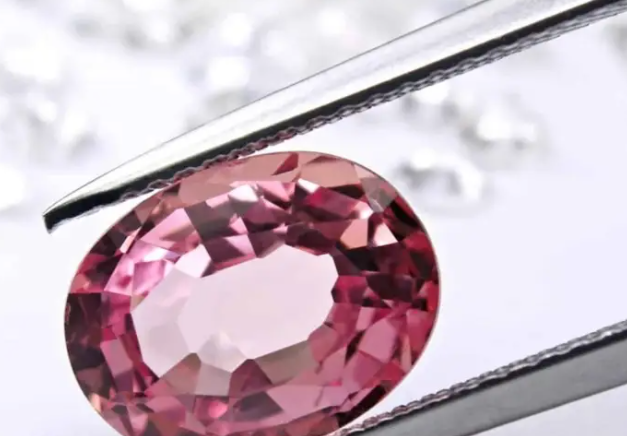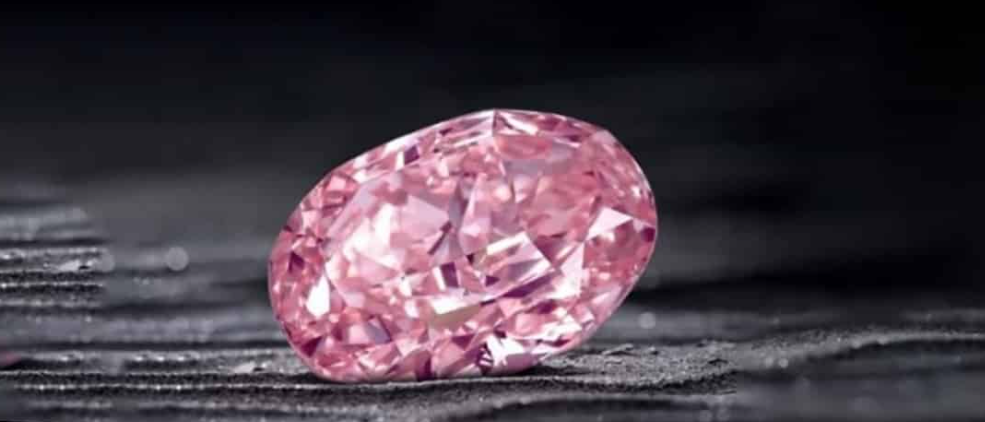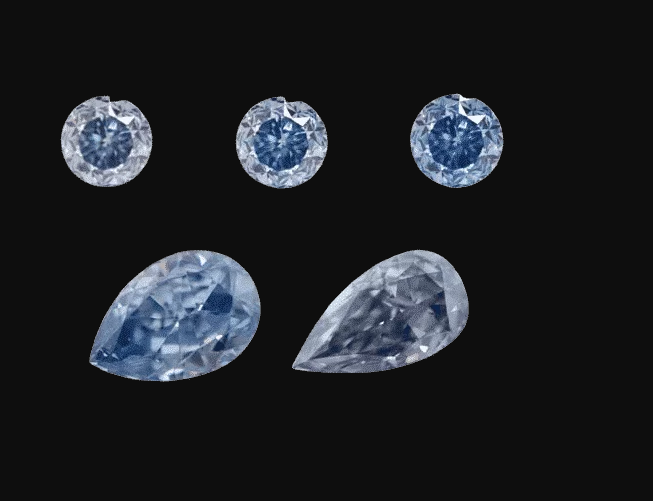The cost of a cut stone directly depends on four parameters – the color of the diamonds, its clarity, cut quality, and carat (weight, 1 carat = 0.2 grams). The higher all these indicators are complex, the more expensive the diamond is.
Unique characteristics are not so common, and similar pure, perfectly cut stones, each in its own category of color and weight, are subject to auction, found in private collections. The cost of diamonds in this category amounts to hundreds of thousands and tens of millions of dollars.
Jewelers use the 4C rule to evaluate stones: Сarat / Сolor / Сlarity / Сut – weight, color, transparency (purity), cut. Each category has its own characteristics, and they are not always clear to everyone who is far from the jewelry profession. But even the basics, allowing you to understand the value of diamonds, will be enough to choose and buy any other jewelry with a diamond that has really worthy value.
Carat weight of diamonds

In ancient times of the Ancient East, when the equipment available to modern craftsmen of precious stones and metals was not even dreamed of, the weight of diamonds, like other stones and even food products, as compared to the seeds of the carob (Carib) tree. The stable mass of these seeds, equal to 0.2 grams, has become a measure of weight, among other things, for diamonds.
One such grain is the equivalent of 1-carat diamond weight (Ct). But a diamond, even a faceted one, has a special property: a stable, unchanging density. This quality became the basis for the grading of the carat of diamonds by their diameter (or width in millimeters). You can measure these values and correlate them with the carat table, the values will be identical, and the discrepancies are scanty, irrelevant.
For diamonds weighing more than 1 carat, this rule applies in the same way, the ratio of the diameter of the stone to its weight can always be compared with the data in the table and the results of weighing on special equipment – there will be no discrepancies at all, or their presence will be reduced to an insignificant minimum.

The joke that a real woman without scales to determine the carat of a diamond by eye is not a joke at all. The photo clearly demonstrates the ratio of size to carat weight, assuming the diamond is on the finger.
Of course, remembering all sizes is not so easy. But for fans of diamond jewelry, there is a proven life hack:
– if we take as a basis the smallest, half-carat diamond and the largest, 7 Ct, and also remember how a 3-carat stone looks on the hand, all other intermediate values can be determined by focusing on the larger and smaller sides of the average size.
It is worth remembering that this data can only be applied to the data derived from their density. For sapphires, rubies, topazes, and other gemstones, this system will not work. Visually, 1 Ct and, for example, a ruby will be of different sizes, corundum is noticeably larger than a diamond with an equal carat of stones.
Diamond color
To distinguish by color, a universal international designation system has been developed according to the GIA (Gemological Institute of America, an independent organization) method, where the gradation is indicated by the letters from D to M.

Colorless diamonds are the most expensive in the jewelry market; these are stones of categories D, E, and F. To understand the difference between stones of this highest category is the work of a specialist with extensive experience. Such stones belong to the investment group and are used in exclusive jewelry or for storing and increasing money. The growth in the cost of such stones is from 10% annually.
GH is the second category, such are also quite valuable, but have a lower cost due to the barely noticeable yellow tint.
All others from I to Z, belong to the group of inexpensive colorless stones and are most widely used in jewelry.
In addition to the international GIA system, there is a Russian gradation: it is more complex and is designed, first of all, for professionals – jewelers, appraisers.
The color ratio between the GIA and Russian parameters depends on the carat and for this reason, there are some discrepancies between the data of the international and Russian classifications.
Among other things, in the scale, a color rating system has been developed with different cuts – 17 facets, 57, and so on. This part of the graduation is only needed by jewelers to certify stones.
Light transparent stones are not the only existing standard, the cut can have different shades and sometimes the usual colorless are not so interesting and are not highly valued against the background of blue, green, pink, gold shades. Therefore, for all with a different color, the Fancy group has been developed – fancy shades. The darker the color, the higher the value of such.
Another article on this blog that might interests you:
Why are diamonds so expensive?

